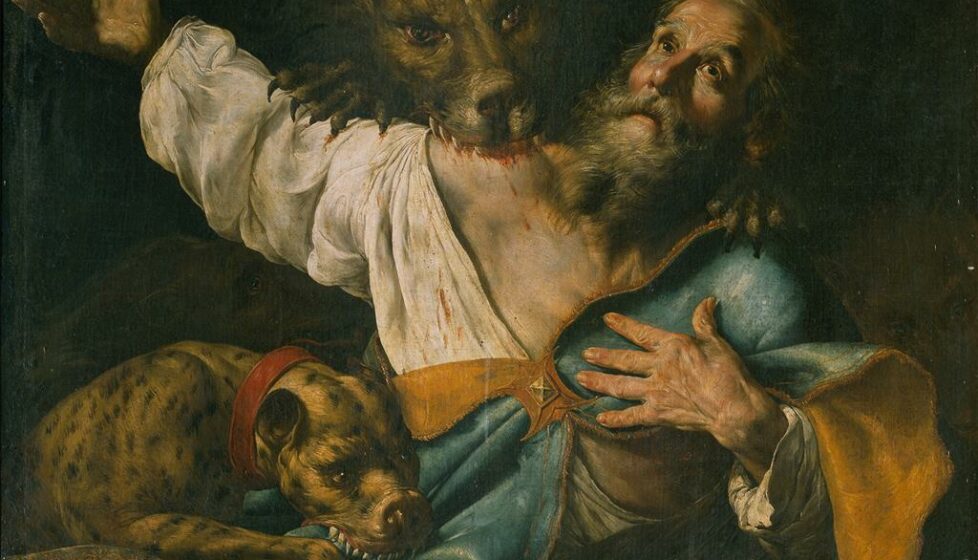Stories of Christian Martyrs: John Nesbit
Scotland

John Nesbit was a fighter, a soldier in the Thirty Years War on the
Continent, a warrior among the Scottish Covenanters. But he
suffered scars and wounds of the heart nearly more severe than
those of the body. By the time he was captured and tried, he was
already taking leave of the struggles he had seen on Earth and was
eager for Heaven.
When Nesbit returned from war in Europe, King Charles II had
begun to impose his will on Scotland and the Scottish church, a will
opposed by the determined free-church Covenanters. They resisted any
king as church-head and the king’s priests as intermediaries. The Covenanters believed with equal ferocity in Christ alone as head of the
church and armed resistance as the right of all who seek to worship
that way. The Covenanters would not bow to Charles without a fight.
But Nesbit had other business, too. He married Margaret Law
and they raised a family. He kept a handwritten New Testament
passed on to him from a great-grandfather who was one of the barefoot preachers sent to England in the fourteenth century by John
Wycliffe. He studied, learned, worked, prayed, and often hid from
Charles’s dragoons.

But he couldn’t hide forever. Severely injured on the field at Rullian
Green, Nesbit was left for dead, but escaped and recovered. He fought
again at the Battles of Drumclog and Bothwell Bridge, both Covenanter
disasters, which Nesbit survived after a brave fight. By then he was
marked, and a bounty was put on his head.
To draw him out from hiding, the king’s troops forced Margaret and
the children out of their home. Unable to secure shelter that winter, she
died of exposure. A daughter and son followed her. Nesbit apparently
found them as his daughter was being prepared for burial. His surviving
son later wrote this account of it:
Friends were putting his little daughter in her rude coffin.
Stooping down, he kissed her tenderly, saying, “Religion does
not make us void of natural affection, but we should be sure it
runs in the channel of sanctified submission to the will of God,
of whom we have our being.” Turning to a corner where two
of his sons lay in a burning fever, he spoke to them but they did
not know him. He groaned, saying, “Naked came I into this
world and naked I must go out of it. The Lord is making my
passage easy.”
He buried his family and quickly went into hiding again. For two
years he evaded his captors, despite the growing price on his head.
Then one day, in the company of three others, a squad of dragoons
led by a Captain Robert, Nesbit’s cousin, surrounded them. A brief
fight followed. Nesbit’s three colleagues were injured, then executed.
Nesbit, however, was worth more alive than dead. He was taken to
Edinburgh, where he told his prosecutors that he was more afraid to
lie than to die; that he was more willing to give his life than even they
were to take it. Quickly convicted, Nesbit was sentenced to be hanged. In prison he wrote his Last and Dying Testimony:
Be not afraid at His sweet, lovely and desirable cross, for
although I have not been able because of my wounds to lift up
or lay down my head, yet I was never in better case all my life.
He has so wonderfully shined on me with the sense of His
redeeming, strengthening, assisting, supporting, through-bearing, pardoning, and reconciling love, grace, and mercy, that my
soul doth long to be freed of bodily infirmities and earthly
organs, that so I may flee to His Royal Palace.
On the gallows he recited from the eighth chapter of Romans, then
dropped and was gone. A warrior’s heart was home at last.
This story is an excerpt from Foxe: Voices of the Martyrs. You can get your own copy free with any donation to The Voice of the Martyrs.

